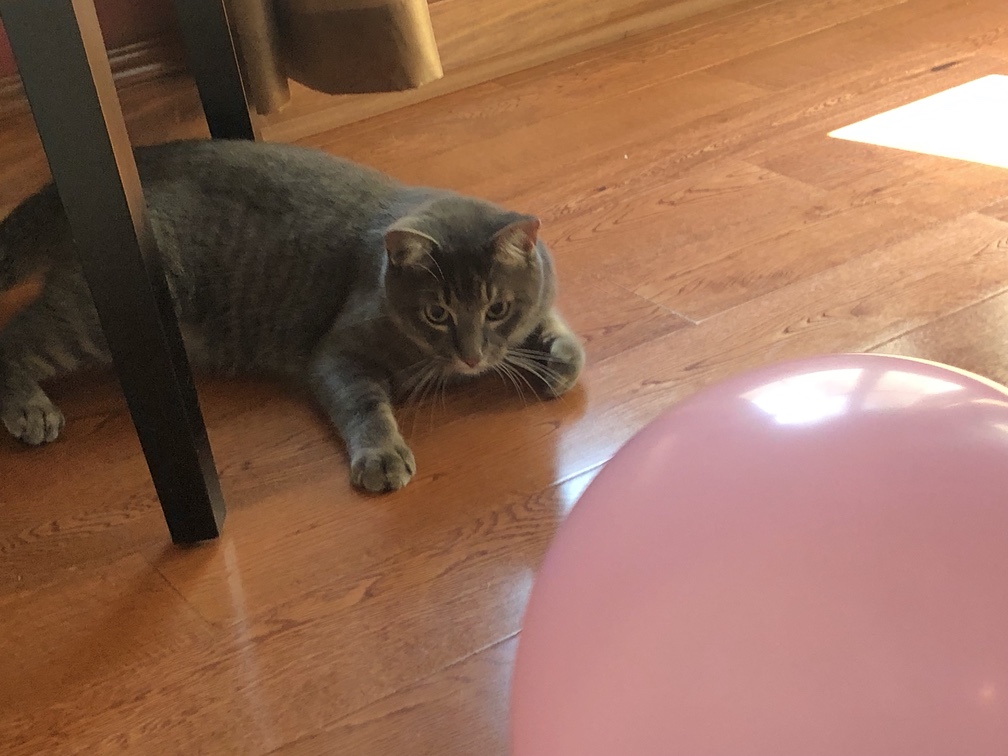So You Have to Make a Meta Schema

I find myself, once again, needing to make a "meta schema". This is a database schema by which you map data from N external sources into a single repository. The challenge here is that you need to:
- define a set of tables into which incoming objects can be decomposed
- define a set of common elements across all the different types of data
- normalize all the data as it comes in
I've done this a number of times in my career but I normally do it in the dark of the night and I don't talk about it (kidding). I thought this time around though I might improve the process by actually formalizing it and documenting it.
If you are going to make a meta schema, here is what you need:
- examples of each of the different formats
- a print out of at least one instance of each of the different formats
- colored pens or markers
The way that I generally do this is I print out an example of each format type and I put them on a table side by side. Then I start color coding elements within the format. As I color code, what I have always found is that commonalities emerge. For example in the screenshot below purple is about media elements. And here's what you can see:
- one source has no media elements
- one source has one media element
- one source has multiple media elements
And what that instantly tells us is that media elements are going to be stored in a separate table in a has_many type relationship.
The next step in all this is to figure out how each element from each source maps to the corresponding elements in the other sources. For example:
- one source calls the content "body"
- one source calls the content "comment"
- one source calls the content "message"
What this tells me that this is going to need to be a mapping rule that filters each of these types of content into a table and the right column. I can't simply load these (or really any) columns directly.
And that's the essence of building a meta schema – you take lots of samples of data and you look for commonalities. And this is a process that I have always found flows better when it is done on paper rather than on screen.
Posted In: #software_engineering #schema